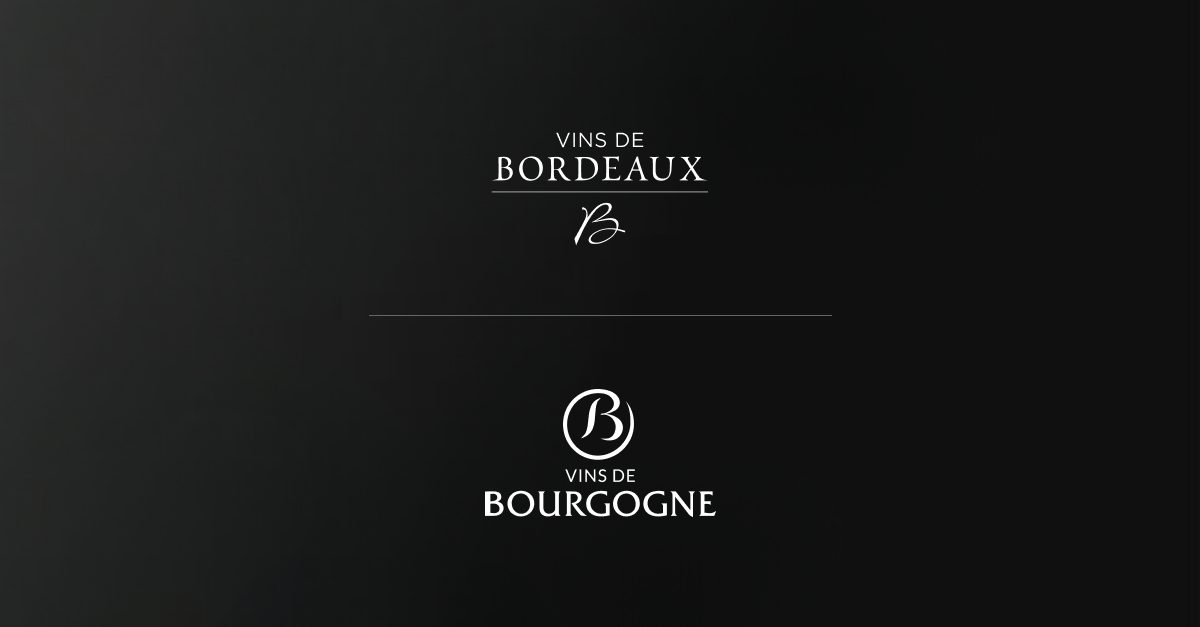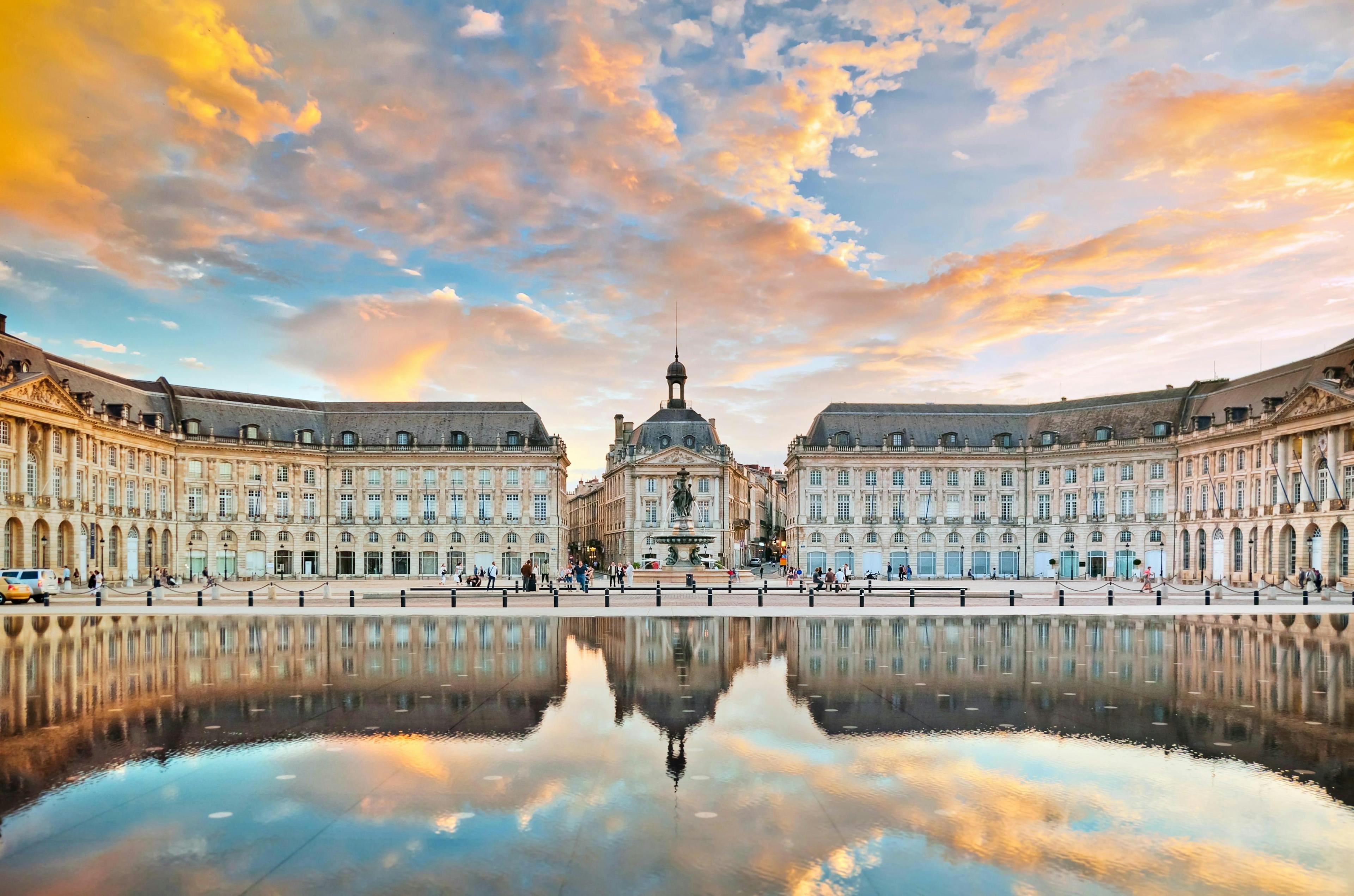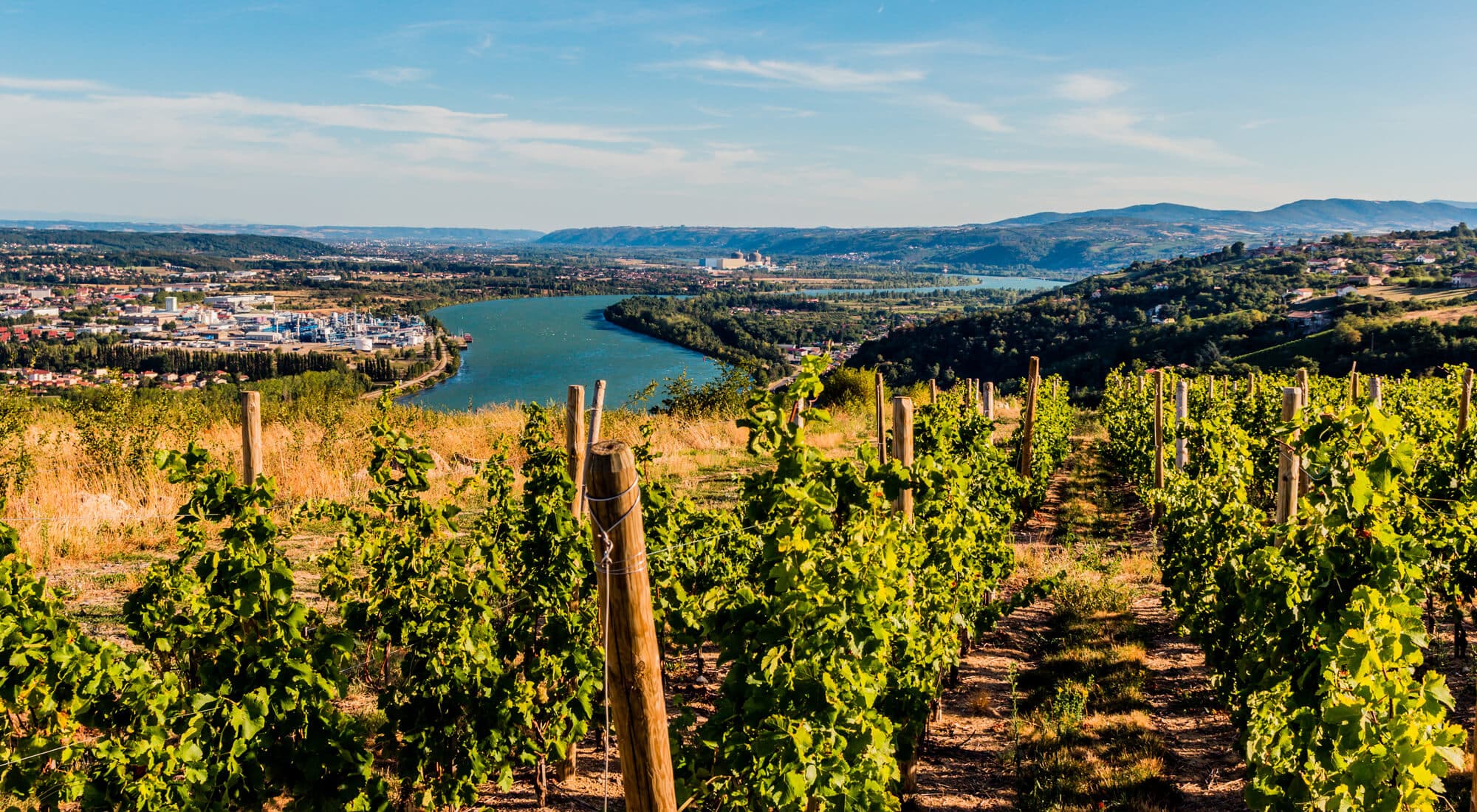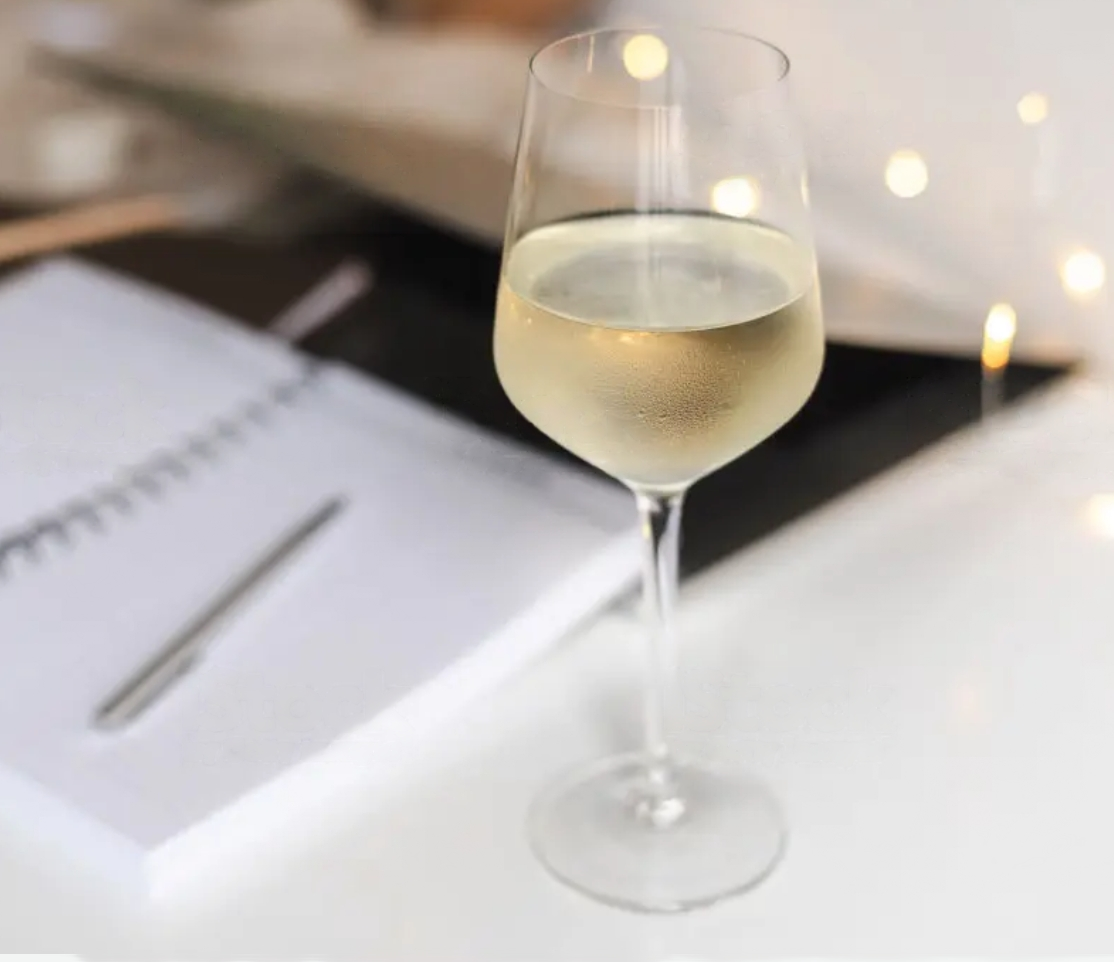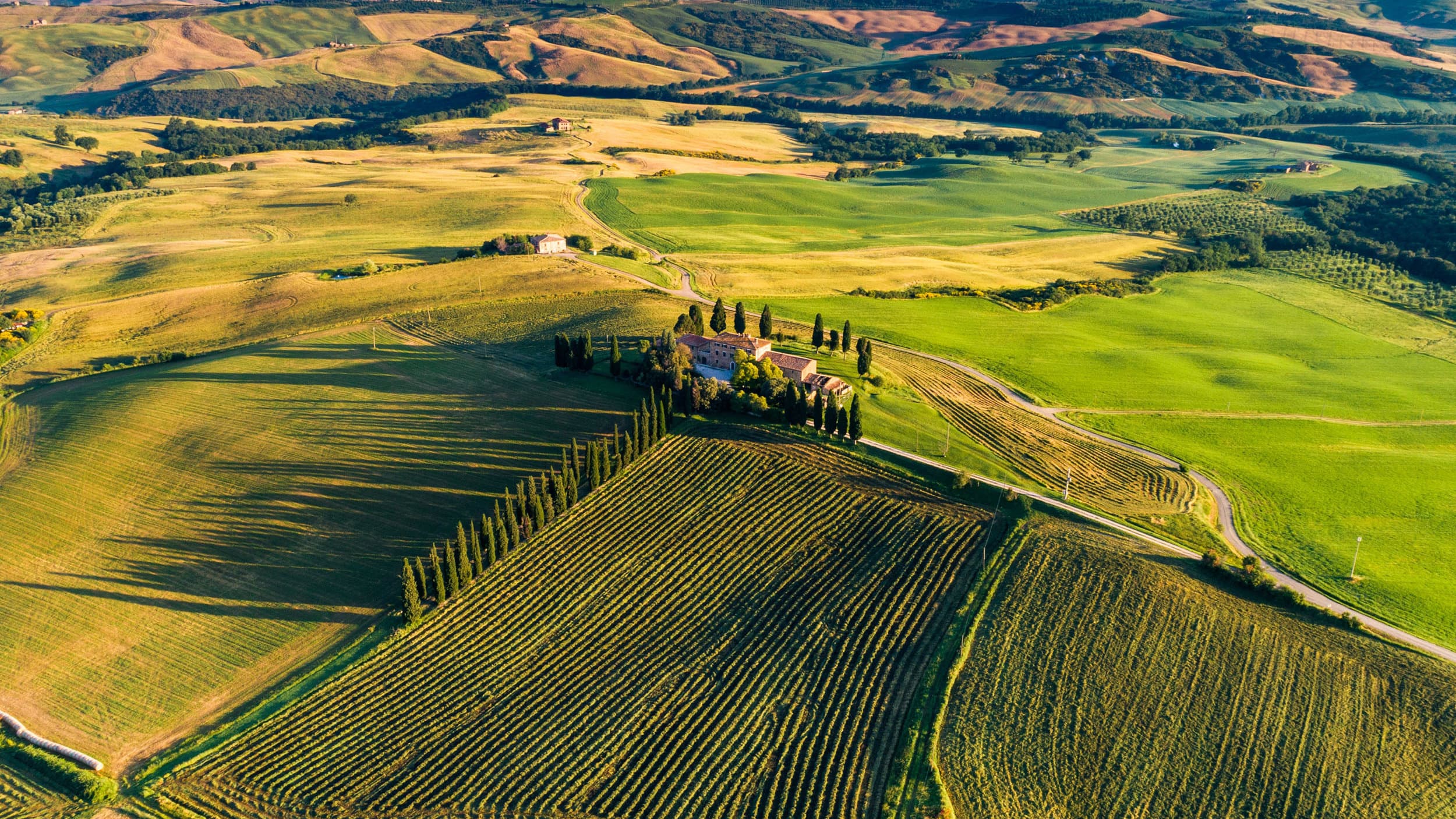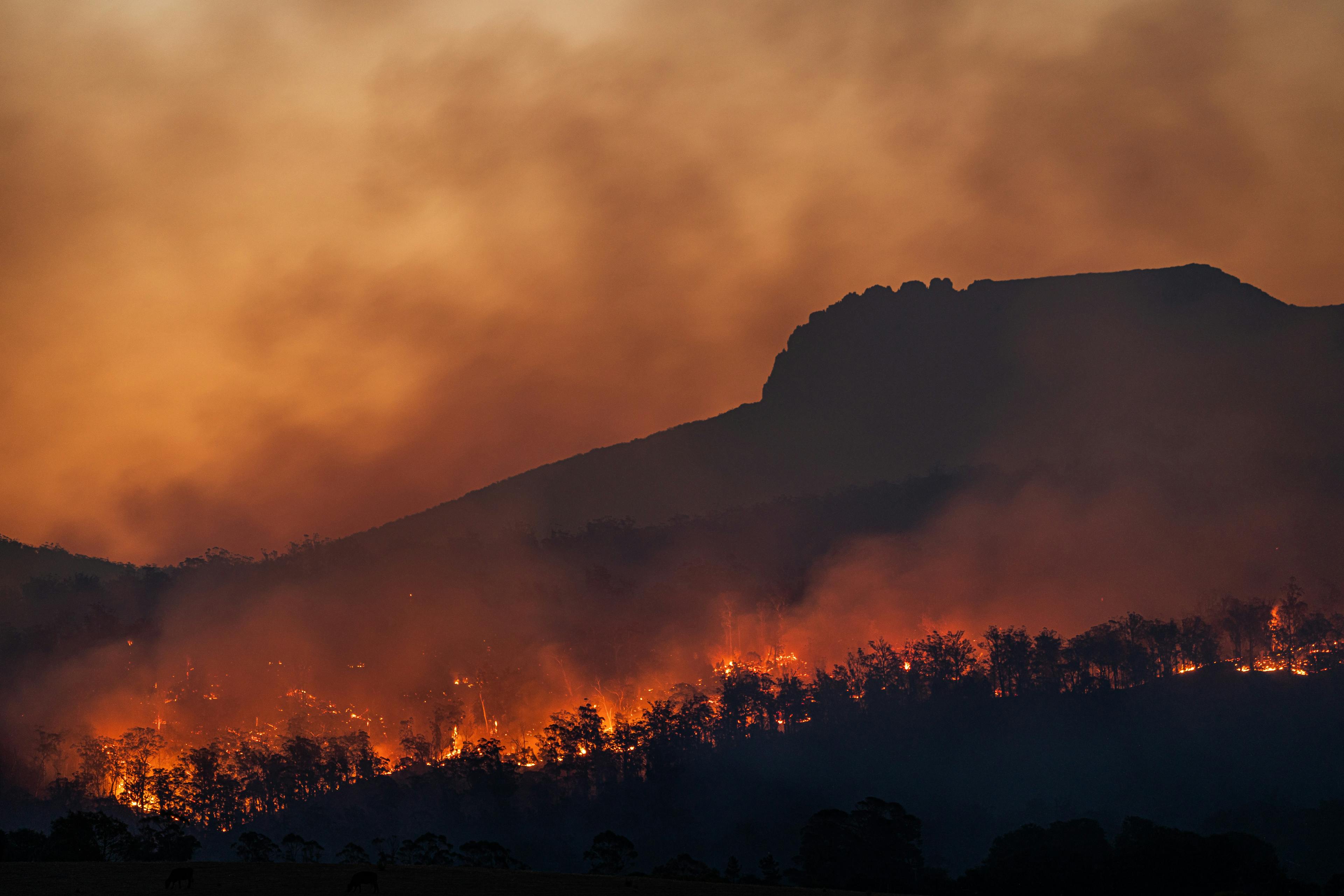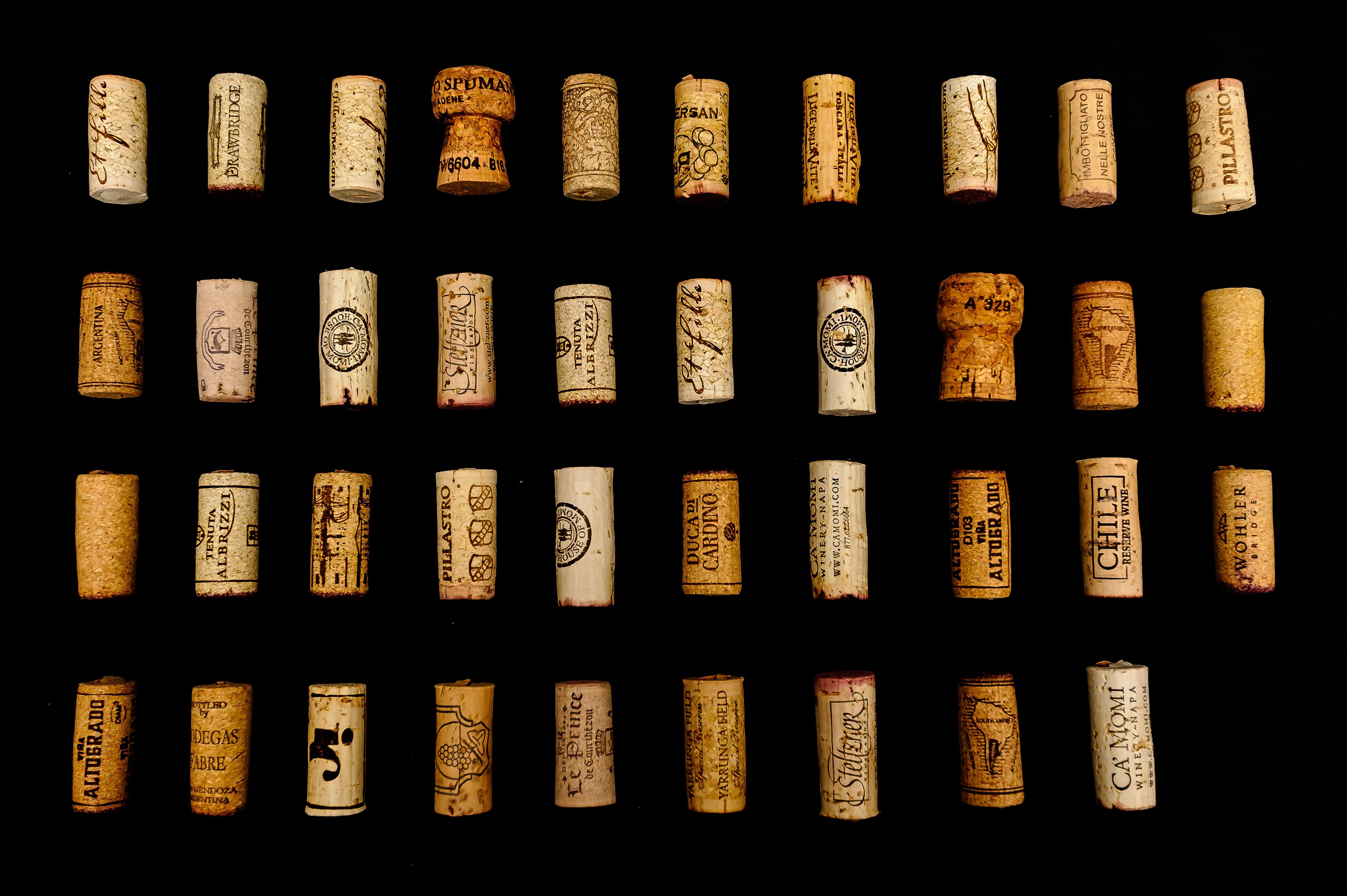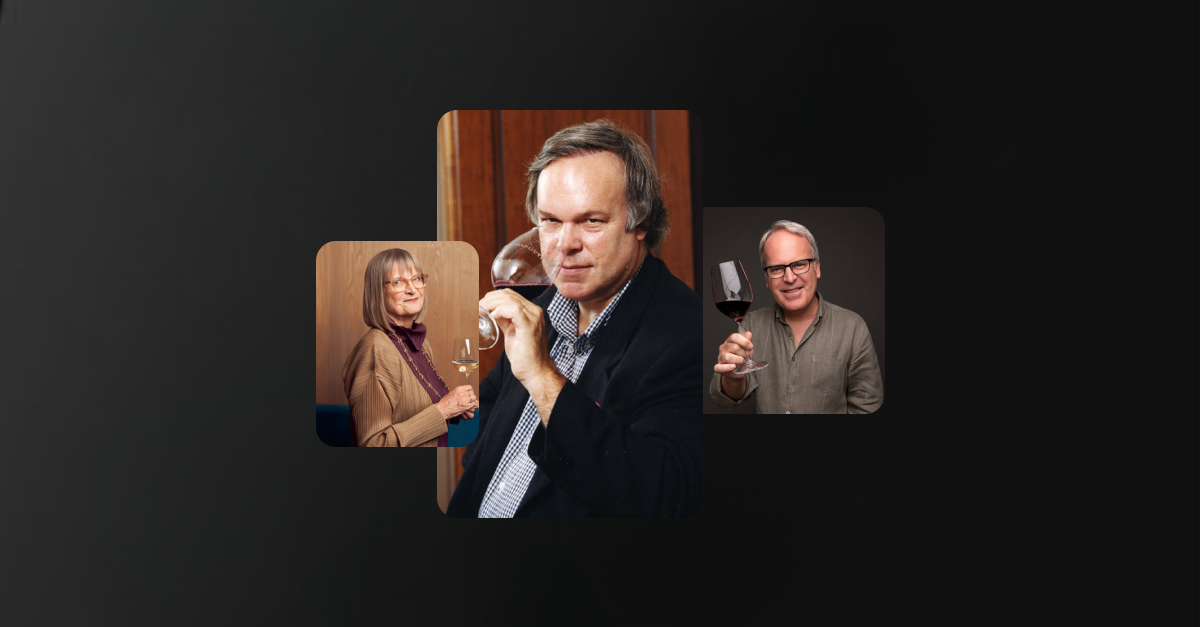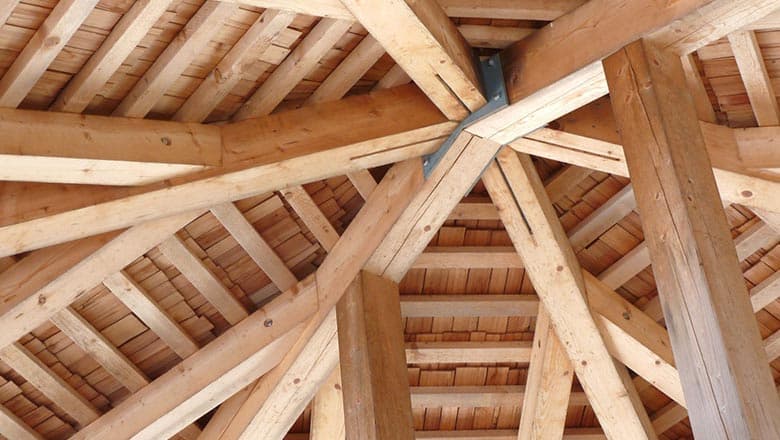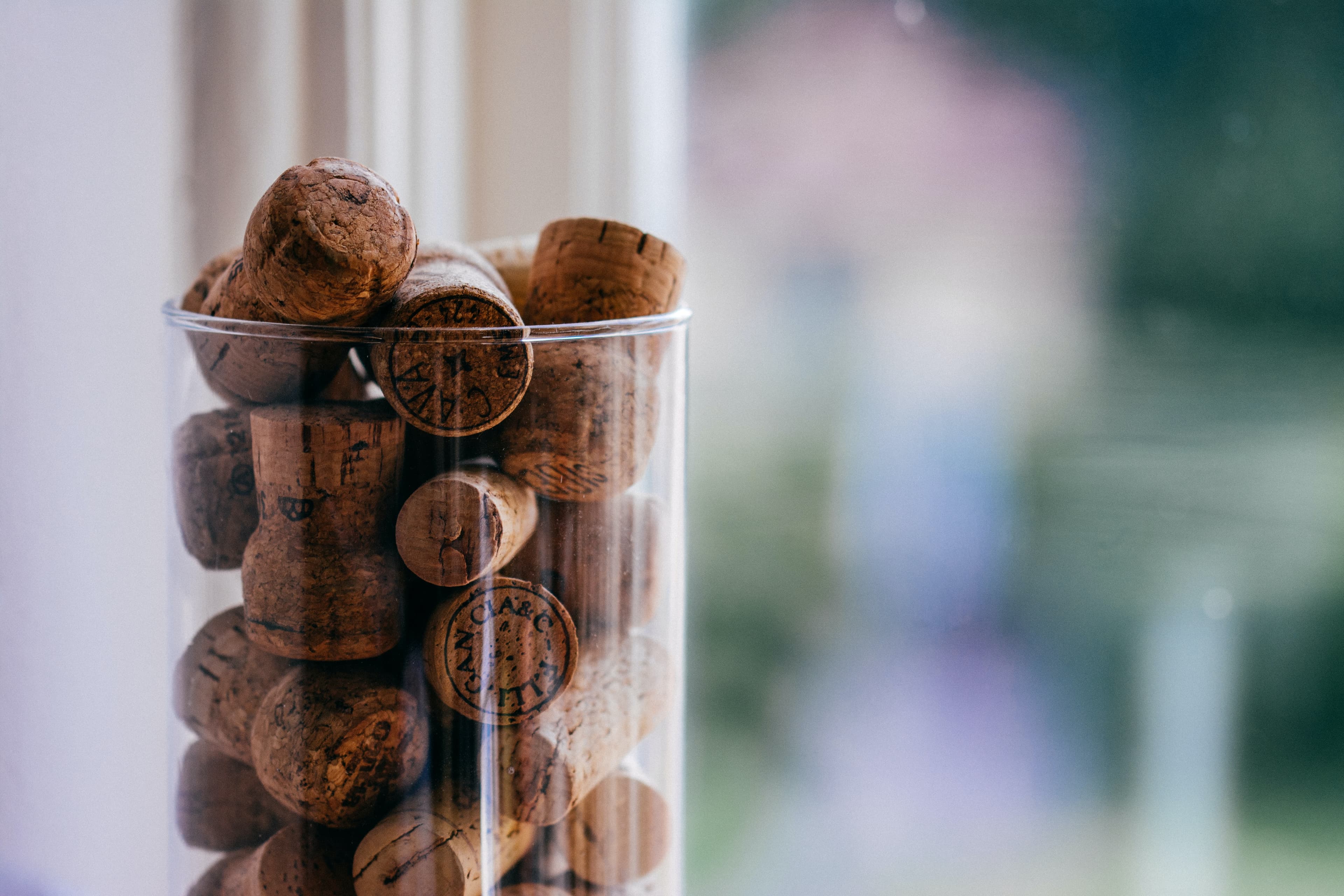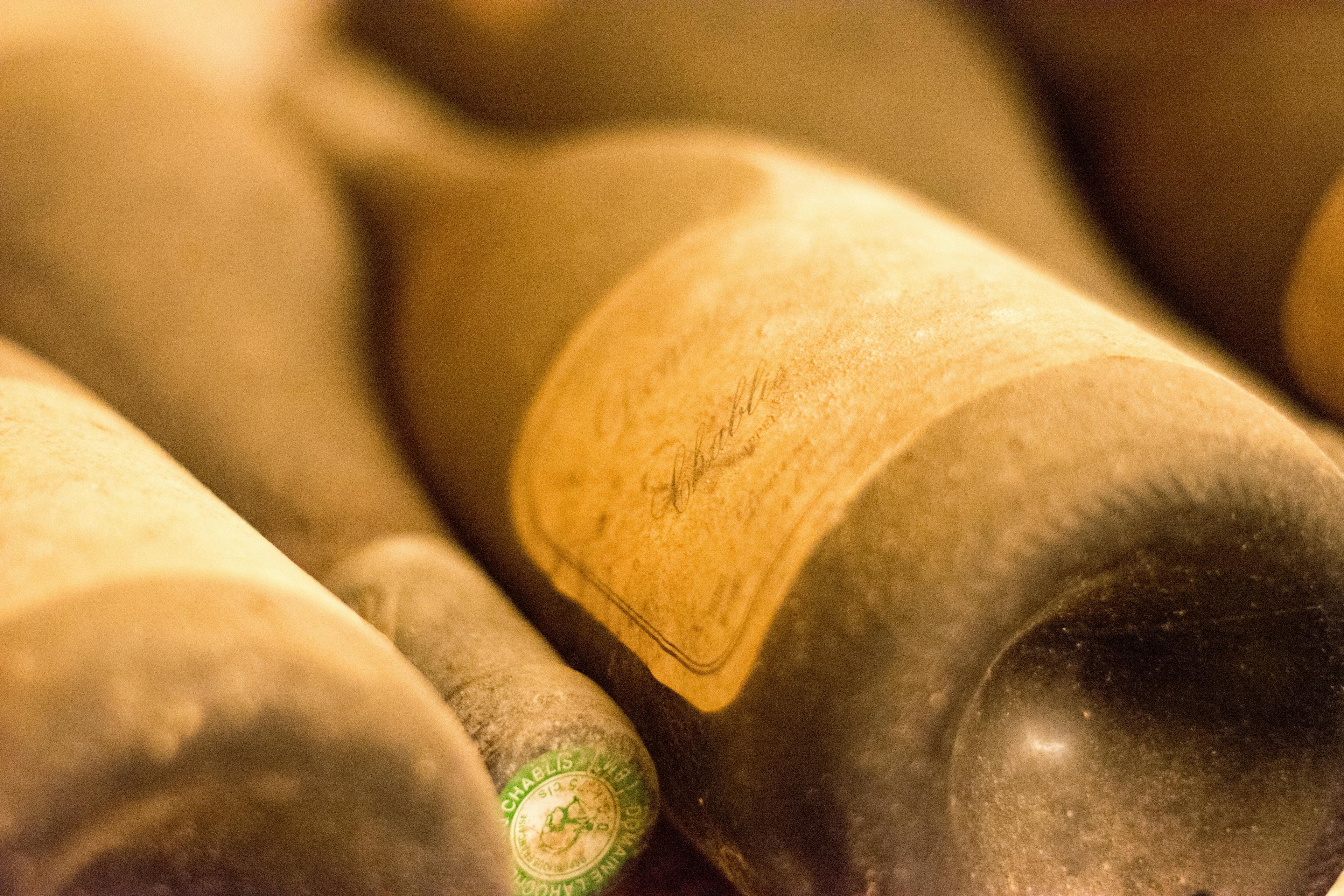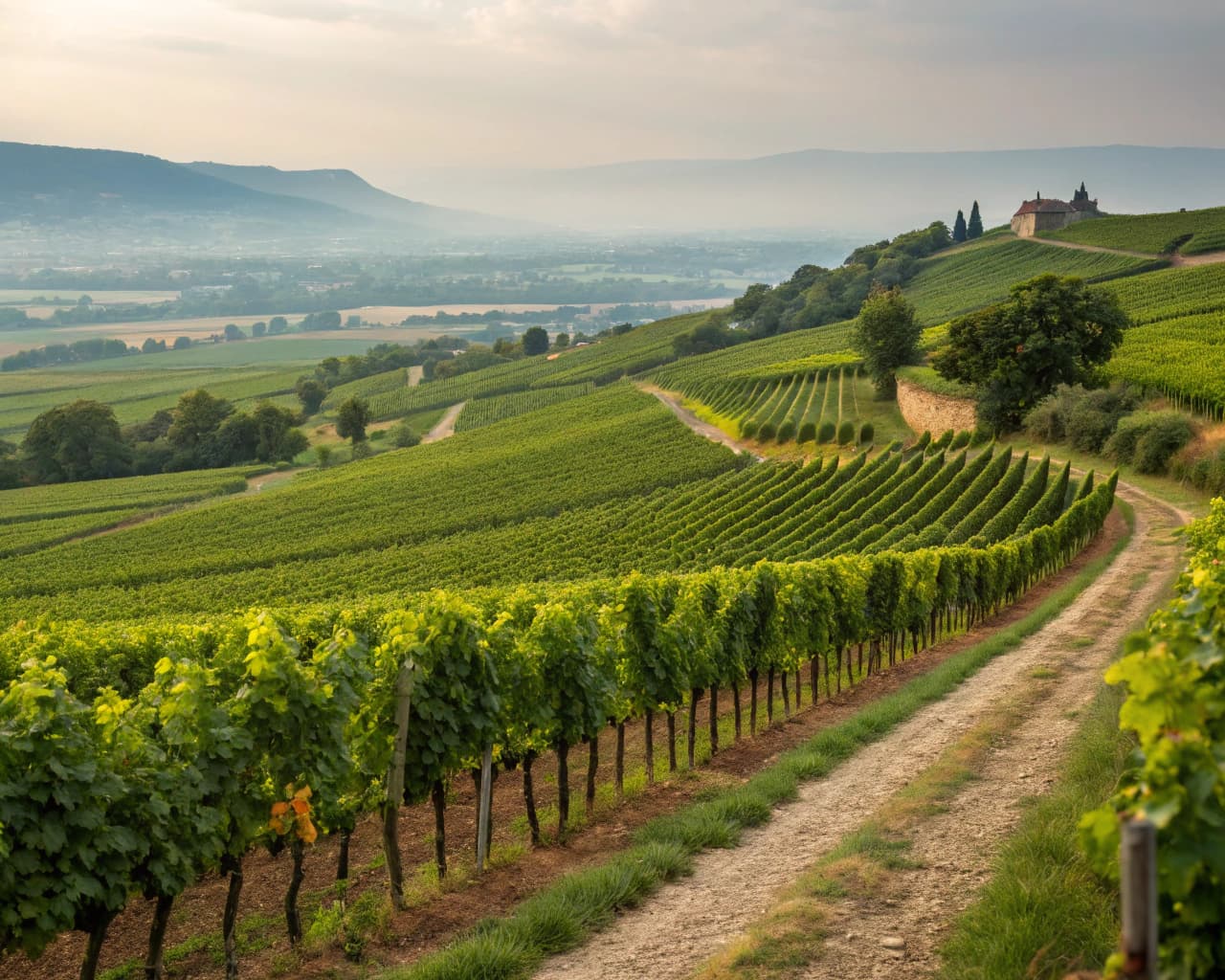
Discover the exquisite taste profile of Domaine Jean-Louis Chave, a name synonymous with top-quality French wines. Nestled in the heart of the Rhône Valley, this esteemed winery has been crafting some of the world's most revered wines for generations. The Chave family, with their deep-rooted passion for viticulture, has consistently produced wines that are not only rich in flavor but also embody the unique terroir of their vineyards. In this article, we delve into the sensory experiences offered by their wines, exploring the nuances that make each bottle a testament to the art of winemaking.
Profile of a Classic Domaine Jean-Louis Chave Red
The Domaine Jean-Louis Chave reds are renowned for their exceptional balance and depth, characteristics that define the Hermitage appellation. These wines typically showcase a robust profile, marked by a harmonious blend of power and elegance. The flavor spectrum of a classic Domaine Jean-Louis Chave red includes:
Dark Fruits: Expect a rich tapestry of blackberry, plum, and dark cherry, which provides a lush, fruity base.
Earthy Notes: Subtle hints of soil and mineral weave through the palate, grounding the fruitiness with an intriguing complexity.
Spice Accents: A gentle touch of spices like black pepper and clove adds a warm, inviting layer to the taste.
Oak Influence: Aging in oak barrels imparts a delicate vanilla undertone and contributes to the wine’s silky, well-rounded tannins.
These elements combine to deliver a wine that is not only profound and layered but also maintains a fresh acidity that promises excellent aging potential. Wine enthusiasts often note the seamless integration of flavors, which makes each sip a discovery of its intricate craftsmanship.
Tasting Notes: White Varieties from Domaine Jean-Louis Chave
Domaine Jean-Louis Chave, renowned for its exquisite white wines, primarily produces varieties that are rich in complexity and flavor. The Hermitage Blanc, a standout, typically blends Marsanne and Roussanne, offering a palate of honeyed pear, quince, and toasted almond notes. These wines are known for their remarkable balance of acidity and minerality, which contributes to a long, elegant finish.
When exploring food pairings, consider the following options to enhance your tasting experience:
Grilled Sea Bass: The smoky flavor complements the nutty undertones of the wine.
Roast Chicken: A classic pairing, the subtle spices and crispy skin marry well with the wine’s richness.
Vegetarian Risotto: A creamy risotto brings out the silky texture of the wine.
Goat Cheese Salad: The tanginess of the cheese contrasts beautifully with the wine’s depth.
Lobster Thermidor: This luxurious dish matches the wine’s opulence and complex flavor profile.
Each pairing is designed to bring out the unique characteristics of Domaine Jean-Louis Chave’s white wines, making every sip a delightful exploration of flavors.
The Evolution of Flavors in Aged Bottles
The evolution of flavors in aged bottles of Domaine Jean-Louis Chave is a fascinating journey through the palate. As these wines age, their initial vibrant fruit notes gradually transform into deeper, more complex profiles. Initially, you might taste fresh berries and hints of floral aromatics. Over time, these primary flavors develop into rich layers of leather, tobacco, and earthy undertones.
Year 5-10: The tannins soften, allowing the emergence of spice and smoky notes.
Year 10-20: Secondary flavors like mushroom and forest floor begin to appear, mingling with preserved fruits.
Year 20-30: The wine reaches a peak of complexity, where all elements balance harmoniously, offering a silky texture and long finish.
Understanding the history of Domaine Jean-Louis Chave enhances appreciation for these transformations. Each bottle reflects meticulous vineyard management and winemaking philosophy passed down through generations. Collectors and enthusiasts cherish these wines for their ability to evolve, presenting a new experience with each sip as years pass.
Influence of Terroir on Taste
The influence of terroir on the taste of wines from Domaine Jean-Louis Chave is profound and multifaceted. Terroir, a French term that encapsulates the environmental conditions, especially soil and climate, where grapes are grown, plays a crucial role in shaping the flavor profile of wine. At Domaine Jean-Louis Chave, the diverse soils range from granite to limestone and alluvial deposits, each contributing unique characteristics to the grapes.
Granite soils typically stress the vines, leading to smaller, more concentrated grapes. This results in wines with greater intensity and a pronounced mineral quality.
Limestone, on the other hand, tends to moderate acidity and adds finesse, complexity, and longevity to the wine.
Alluvial deposits offer richer soil, which can produce bolder, fruitier wines.
These elements, combined with the region’s microclimate, define the distinctiveness of Domaine Jean-Louis Chave’s wines. For more detailed facts, exploring how each aspect of terroir influences their celebrated vintages can provide deeper insights into their acclaimed quality and taste.
The Impact of Vintage Variation
The impact of vintage variation on Domaine Jean-Louis Chave wines is significant, influencing both flavor profiles and aging potential. Each year, climatic conditions such as temperature, rainfall, and sunlight hours can alter the characteristics of the harvested grapes. For instance, warmer years often produce wines with higher alcohol content and more robust flavors, while cooler years might result in wines with higher acidity and more subtle flavor nuances.
Temperature Fluctuations: A hot summer can accelerate grape maturation, leading to an earlier harvest. This can affect the tannin structure and aromatic compounds in the wine.
Rainfall Levels: Excessive rain close to harvest time can dilute grape sugars and flavors, whereas drought conditions can concentrate these elements, enhancing richness.
Sunlight Exposure: The amount of sunlight during the growing season can impact phenolic development in grapes, which influences color intensity and flavor profiles.
Properly understanding how to store these wines is crucial, as the right conditions can help preserve the unique characteristics brought about by each vintage's specific climatic conditions.
Sensory Characteristics: Aroma and Bouquet
Exploring the sensory characteristics of Domaine Jean-Louis Chave wines reveals a complex profile that captivates connoisseurs and casual drinkers alike. The aroma, often the first encounter with this esteemed Rhône wine, typically presents a rich tapestry of scents. These can range from ripe fruits like black cherry and plum to more earthy tones such as truffle and forest floor.
Fruit Aromas: Expect to detect layers of dark berries intertwined with hints of peach and apricot, providing a sweet yet robust introduction.
Spice Notes: Subtle yet distinct, elements of black pepper, clove, and sometimes cinnamon enhance the aromatic complexity, inviting a deeper exploration into each glass.
Floral and Herbal Qualities: Lavender and rose, along with thyme and rosemary, add a refreshing lightness that balances the overall olfactory experience.
The bouquet, or the blend of smells that develops with age, evolves magnificently in the bottle. Over time, initial sharpness mellows, and the integration of oak influences imparts a smooth, almost velvety texture to the aroma. This maturation process ensures that each bottle offers a unique, memorable experience, reflecting both the terroir and the meticulous craftsmanship at Domaine Jean-Louis Chave.
Balance of Acidity and Tannins
The balance of acidity and tannins in Domaine Jean-Louis Chave wines is a hallmark of their exceptional quality. These elements are crucial in defining the structure and longevity of the wine. Acidity adds freshness and vibrancy, which is essential in counteracting the richness of many dishes. Tannins, on the other hand, provide the backbone, offering a textural complexity that enhances the wine's aging potential.
When tasting Domaine Jean-Louis Chave, one immediately notices how the acidity and tannins interplay harmoniously. The acidity is never overpowering; instead, it complements the robust tannins, creating a well-rounded experience. This balance is particularly important when considering how to serve the wine, as it should be at a temperature that neither exaggerates the tannins nor diminishes the acidity.
Temperature: Serve slightly below room temperature to highlight the wine's structure without emphasizing tannins too much.
Decanting: Allow the wine to breathe, softening the tannins and letting the acidity shine through.
Food Pairing: Choose dishes that complement the wine's balanced profile, such as red meats or rich, creamy cheeses.
The Finish: What Lingers After a Sip?
The finish of a wine from Domaine Jean-Louis Chave is as memorable as its initial taste. After a sip, a complex array of flavors lingers on the palate, showcasing the depth and craftsmanship behind each bottle. This lingering sensation is often characterized by:
Spicy Notes: A subtle hint of white pepper or clove that adds a warm, intriguing layer.
Fruity Undertones: Persistent flavors of ripe plum or black cherry, which balance the spice.
Earthy Elements: Traces of mineral or forest floor that ground the wine’s profile.
Floral Touches: Delicate aromas of violet or lavender, providing a fresh contrast to the richer notes.
Each element contributes to a finish that is not only long but also evolves, encouraging another taste to fully appreciate its complexity. This enduring finish is a testament to the meticulous attention to detail during the winemaking process at Domaine Jean-Louis Chave.
Comparing Different Appellations within Domaine Jean-Louis Chave
Domaine Jean-Louis Chave, a revered name in the wine industry, produces exquisite wines from various appellations, each offering unique characteristics. The Hermitage wines are particularly notable for their robust and complex flavor profiles. These wines typically exhibit rich notes of blackberry, spices, and leather, often gaining depth and elegance with age. In contrast, the Saint-Joseph appellation produces wines that are generally more accessible in their youth, characterized by vibrant fruit flavors and a softer, more rounded structure.
Exploring the differences between these appellations helps in understanding why certain popular vintages stand out. For instance:
Hermitage Rouge: Known for its powerful tannic structure, it can age beautifully, developing intricate layers of flavor over decades.
Hermitage Blanc: Offers a rich tapestry of floral and fruity notes, with a remarkable aging potential that rivals the reds.
Saint-Joseph Rouge: Typically lighter than Hermitage, it presents a quicker maturation curve, making it ideal for earlier consumption.
Each appellation reflects the terroir's unique influence on the final product, showcasing the versatility and skill of Domaine Jean-Louis Chave in crafting distinct, memorable wines.
Expert Opinions and Tasting Scores
Domaine Jean-Louis Chave, a revered name in the wine industry, consistently garners high praise from wine critics and connoisseurs alike. This esteemed winery, located in the Northern Rhône region of France, is particularly famous for its Hermitage wines, which are often described as complex and profoundly flavorful.
Robert Parker's Wine Advocate rates many of the Chave Hermitage vintages above 95 points, highlighting their "deep, rich, and nuanced" profiles. The 2009 vintage, for instance, received a near-perfect score of 99, praised for its balance and depth.
Wine Spectator has similarly lauded Chave's offerings, with scores frequently in the mid to high 90s. Their reviews often note the wines' exceptional aging potential and robust character.
Decanter experts commend the winery for its meticulous vineyard management and traditional winemaking techniques, which they believe significantly contribute to the wine's quality and distinctiveness. The 2010 Hermitage, for example, was awarded a score of 98, celebrated for its "elegant yet powerful" nature.
These accolades from respected sources underscore the consistent excellence and high regard in which Domaine Jean-Louis Chave is held within the global wine community.
Conclusion
In conclusion, Domaine Jean-Louis Chave represents a pinnacle of quality and tradition in the world of fine wines, particularly through its exquisite Hermitage offerings. The winery's meticulous attention to detail, from vineyard management to vinification techniques, ensures that each bottle offers a unique and memorable tasting experience. The rich history of the Chave family, combined with the distinctive terroir of the Rhône Valley, culminates in wines that are not only a pleasure to taste but also a fascinating exploration of winemaking heritage.
For enthusiasts looking to invest in or collect wines from Domaine Jean-Louis Chave, Rekolt provides an ideal platform. Our service not only ensures that your wine is delivered safely but also offers the option to store it in a professional cellar. This is particularly beneficial for those who might consider reselling or trading their wines in the future. By choosing Rekolt, you ensure that your fine wines are kept in optimal conditions, preserving their quality and enhancing their potential value over time. Whether you are a seasoned collector or a new enthusiast, Rekolt and Domaine Jean-Louis Chave together offer an impeccable combination of luxury, tradition, and convenience.
Share this article
